Code
HCS33494
Weight
275 gm / 0.61 lbs
Size
Height
12cm (5") Width
8cm (3") Depth
4cm (2") Material
Copper
Availability
Available

Safe Payment
We accept Paypal, Money Transfer, Bank Transfer
Confidence
Protection covers your purchase and personal data.
Worldwide Delivery
We ship Worldwide, except Russia.Shipping cost US$25.2 for upto 0.5 kgs

Hotline
Talk to help line for your question on 9841267335Ceramic Molding System
The [black Dzambhala], Buddhist Miniature Statue, [gold Plated], [high Quality], Jambhala has been crafted using the Ceramic mold casting process, a modern approach that provides an alternative to traditional methods such as the lost-wax system or rubber molding. Also referred to as ceramic molding, this technique involves the creation of a ceramic mold to cast the statue. The process begins by making a precise and detailed wax model of the desired sculpture. The wax model is then coated with layers of ceramic material, creating a sturdy mold. Once the mold is complete, it is fired in a kiln, causing the wax to melt and escape, leaving behind a cavity that perfectly replicates the original sculpture. Molten metal is then poured into the mold, allowing it to fill the cavity and take on the desired form. Once cooled and solidified, the ceramic mold is carefully broken away, revealing the final metal statue. Read More . . .
The [black Dzambhala], Buddhist Miniature Statue, [gold Plated], [high Quality], Jambhala has been crafted using the Ceramic mold casting process, a modern approach that provides an alternative to traditional methods such as the lost-wax system or rubber molding. Also referred to as ceramic molding, this technique involves the creation of a ceramic mold to cast the statue. The process begins by making a precise and detailed wax model of the desired sculpture. The wax model is then coated with layers of ceramic material, creating a sturdy mold. Once the mold is complete, it is fired in a kiln, causing the wax to melt and escape, leaving behind a cavity that perfectly replicates the original sculpture. Molten metal is then poured into the mold, allowing it to fill the cavity and take on the desired form. Once cooled and solidified, the ceramic mold is carefully broken away, revealing the final metal statue. Read More . . .
About Elector Gold Plating
The [black Dzambhala], Buddhist Miniature Statue, [gold Plated], [high Quality], Jambhala has been crafted using the ceramic mold casting process, a modern approach that provides an alternative to traditional methods such as the lost-wax system or rubber molding. Also referred to as ceramic molding, this technique involves the creation of a ceramic mold to cast the statue. The process begins by making a precise and detailed wax model of the desired sculpture. The wax model is then coated with layers of ceramic material, creating a sturdy mold. Once the mold is complete, it is fired in a kiln, causing the wax to melt and escape, leaving behind a cavity that perfectly replicates the original sculpture. Molten metal is then poured into the mold, allowing it to fill the cavity and take on the desired form. Once cooled and solidified, the ceramic mold is carefully broken away, revealing the final metal statue. Read More . . .
The [black Dzambhala], Buddhist Miniature Statue, [gold Plated], [high Quality], Jambhala has been crafted using the ceramic mold casting process, a modern approach that provides an alternative to traditional methods such as the lost-wax system or rubber molding. Also referred to as ceramic molding, this technique involves the creation of a ceramic mold to cast the statue. The process begins by making a precise and detailed wax model of the desired sculpture. The wax model is then coated with layers of ceramic material, creating a sturdy mold. Once the mold is complete, it is fired in a kiln, causing the wax to melt and escape, leaving behind a cavity that perfectly replicates the original sculpture. Molten metal is then poured into the mold, allowing it to fill the cavity and take on the desired form. Once cooled and solidified, the ceramic mold is carefully broken away, revealing the final metal statue. Read More . . .
About The Black Jambhala :
The Black Jambhala is also known as the Hindu God of Wealth, Kubera. Originated in ancient India, he manifested from the waters of the river and gave the transmission of generating wealth to a king whose kingdom was undergoing extreme financial difficulties during that time. He also benefits the poor and those in solitary retreat that have a virtuous mind.
Iconography :Popularized by Shakyasribhadra, holding a skullcup and mongoose, naked and wrathful in a standing posture. He is the God of Wealth in Tibetan buddhism. With august guise he treads on the back of yellow rich man. Jambhala, Black (Tibetan: dzam bha la, nag po), a wealth deity popularized in Tibet by Bari Lotsawa (b.1040) and the Kashmiri teacher Shakyashri Bhadra.
" ... the Lord Jambhala, with a body black in colour, having the appearance of a dwarf, naked, sexually aroused, pot-bellied, with pierced ears, three bulging bloodshot eyes, brown hair flowing upwards and bared fangs, in a standing position, the right leg bent, and the left straight. He has one head and two arms. The right hand holds the top of a skull in front of his chest as a blood container, and the left hand holds a mongoose expelling wish fulfilling jewels. On his head is a crown of five skulls in the shape of the five-Buddha crown; around his neck is a string of 50 pray beads made of human skulls, with five-color snakes as bracelets on hands, feet and neck. He shows anger on his face, standing with his right leg bent, his left leg extended, the right leg is extended pressing upon the head of the yellow Lord of Wealth, adorned with various gold ornaments, lying face down beneath Black Jambhala's feet." (Ngorchen Konchog Lhundrup, 1497-1557).
He is the manifestation of Amoghasiddhi Buddha by the request of Buddha Shakyamuni to turn the wheel of Dharma to benefit sentient beings who are suffering from poverty. He will enable all endeavors to be perfectly accomplished and purify all bad luck and obstacles, prevent theft, bad debts and loss of wealth. Jambhala has a black colored body. He is depicted in a standing position over a human body, symbolizes to subdue humanâs ego and eliminate humanâs greed. His right hand holding Gems Pot and his left hand holding an animal named Nehulay (mongoose) which spue out jewels from its mouth. Black Jambhala also wears a snake necklace on his body.
The Mantra of Black Jambhala is:
Om Jambhala Jalendraye Bashu Dharini Svaha and
""Om Indzali Mu Kam Dzamali Soha""
" ... the Lord Jambhala, with a body black in colour, having the appearance of a dwarf, naked, sexually aroused, pot-bellied, with pierced ears, three bulging bloodshot eyes, brown hair flowing upwards and bared fangs, in a standing position, the right leg bent, and the left straight. He has one head and two arms. The right hand holds the top of a skull in front of his chest as a blood container, and the left hand holds a mongoose expelling wish fulfilling jewels. On his head is a crown of five skulls in the shape of the five-Buddha crown; around his neck is a string of 50 pray beads made of human skulls, with five-color snakes as bracelets on hands, feet and neck. He shows anger on his face, standing with his right leg bent, his left leg extended, the right leg is extended pressing upon the head of the yellow Lord of Wealth, adorned with various gold ornaments, lying face down beneath Black Jambhala's feet." (Ngorchen Konchog Lhundrup, 1497-1557).
He is the manifestation of Amoghasiddhi Buddha by the request of Buddha Shakyamuni to turn the wheel of Dharma to benefit sentient beings who are suffering from poverty. He will enable all endeavors to be perfectly accomplished and purify all bad luck and obstacles, prevent theft, bad debts and loss of wealth. Jambhala has a black colored body. He is depicted in a standing position over a human body, symbolizes to subdue humanâs ego and eliminate humanâs greed. His right hand holding Gems Pot and his left hand holding an animal named Nehulay (mongoose) which spue out jewels from its mouth. Black Jambhala also wears a snake necklace on his body.
The Mantra of Black Jambhala is:
Om Jambhala Jalendraye Bashu Dharini Svaha and
""Om Indzali Mu Kam Dzamali Soha""
Mantra of Black Jambhala
Om Zambhala Dzamlim Dzaye Svaha
Om Indzali Mu Kan Dzamali Svaha
Om Indzali Mu Kan Dzamali Svaha


![[black Dzambhala], Buddhist Miniature Statue, [gold Plated], [high Quality], Jambhala](https://handicraftseller.com/uploads/pics/product/thumb/2024/08/33494.jpg)
![[black Dzambhala], Buddhist Miniature Statue, [gold Plated], [high Quality], Jambhala](https://handicraftseller.com/uploads/pics/product/thumb/2024/08/33494_0.jpg)
![[black Dzambhala], Buddhist Miniature Statue, [gold Plated], [high Quality], Jambhala](https://handicraftseller.com/uploads/pics/product/thumb/2024/08/33494_1.jpg)
![[black Dzambhala], Buddhist Miniature Statue, [gold Plated], [high Quality], Jambhala](https://handicraftseller.com/uploads/pics/product/thumb/2024/08/33494_2.jpg)
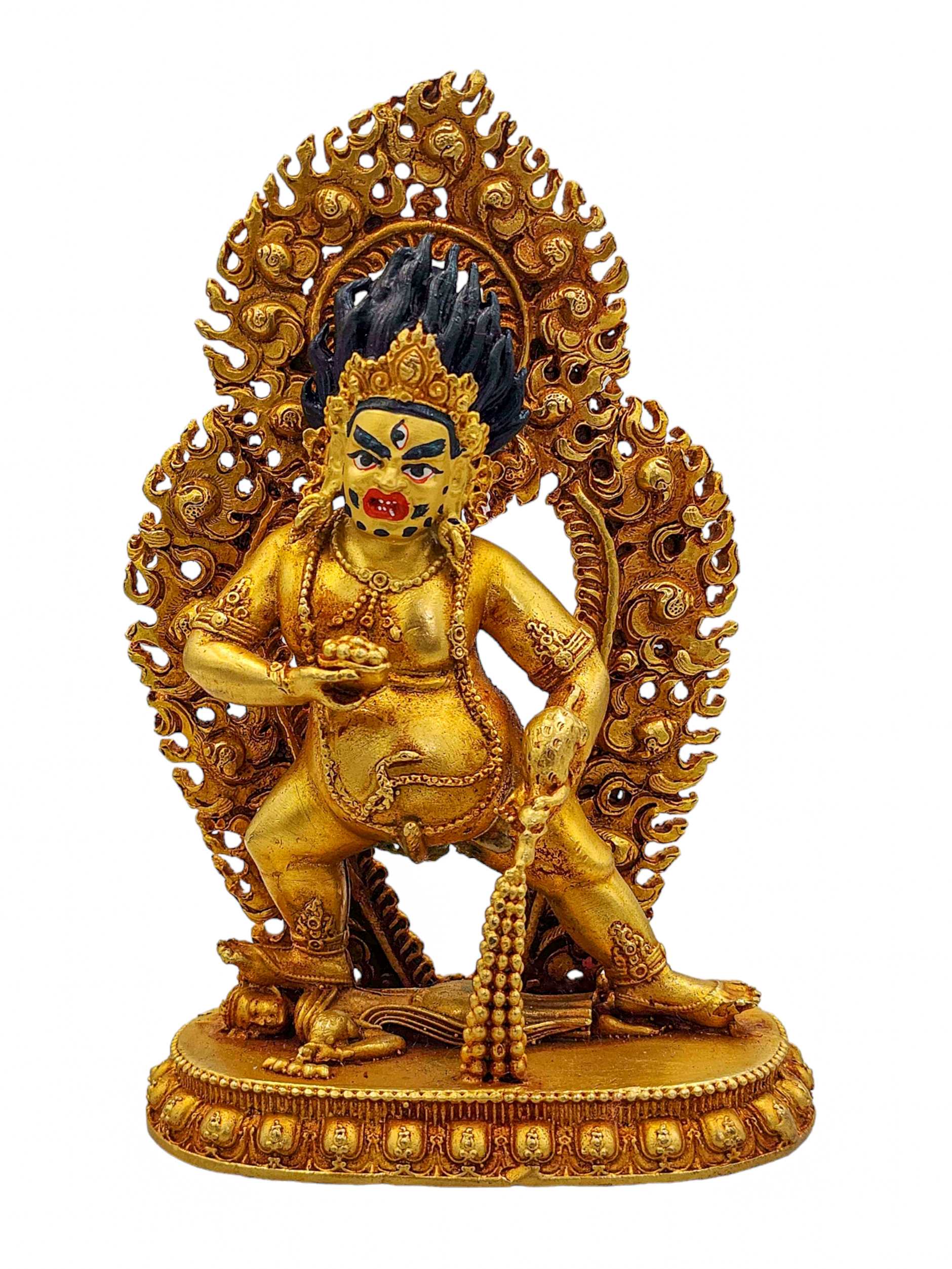
 Gold Plated" title="Maitreya Buddha, Buddhist Miniature Statue,
Gold Plated" title="Maitreya Buddha, Buddhist Miniature Statue, 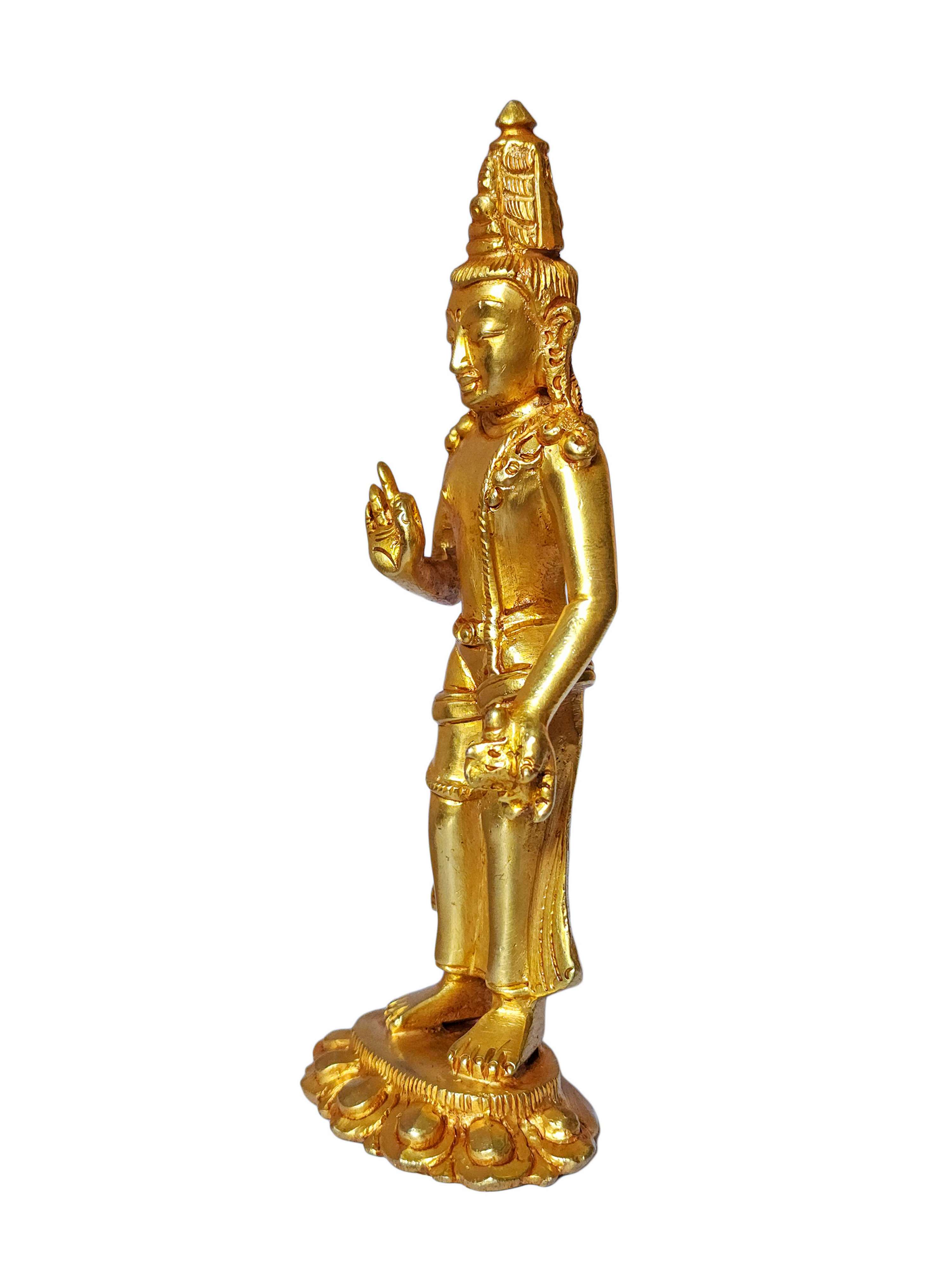 Gold Plated" title="Maitreya Buddha, Buddhist Miniature Statue,
Gold Plated" title="Maitreya Buddha, Buddhist Miniature Statue,  of Vajrayogini
of Vajrayogini  of Vajrayogini
of Vajrayogini  of Chenrezig
of Chenrezig 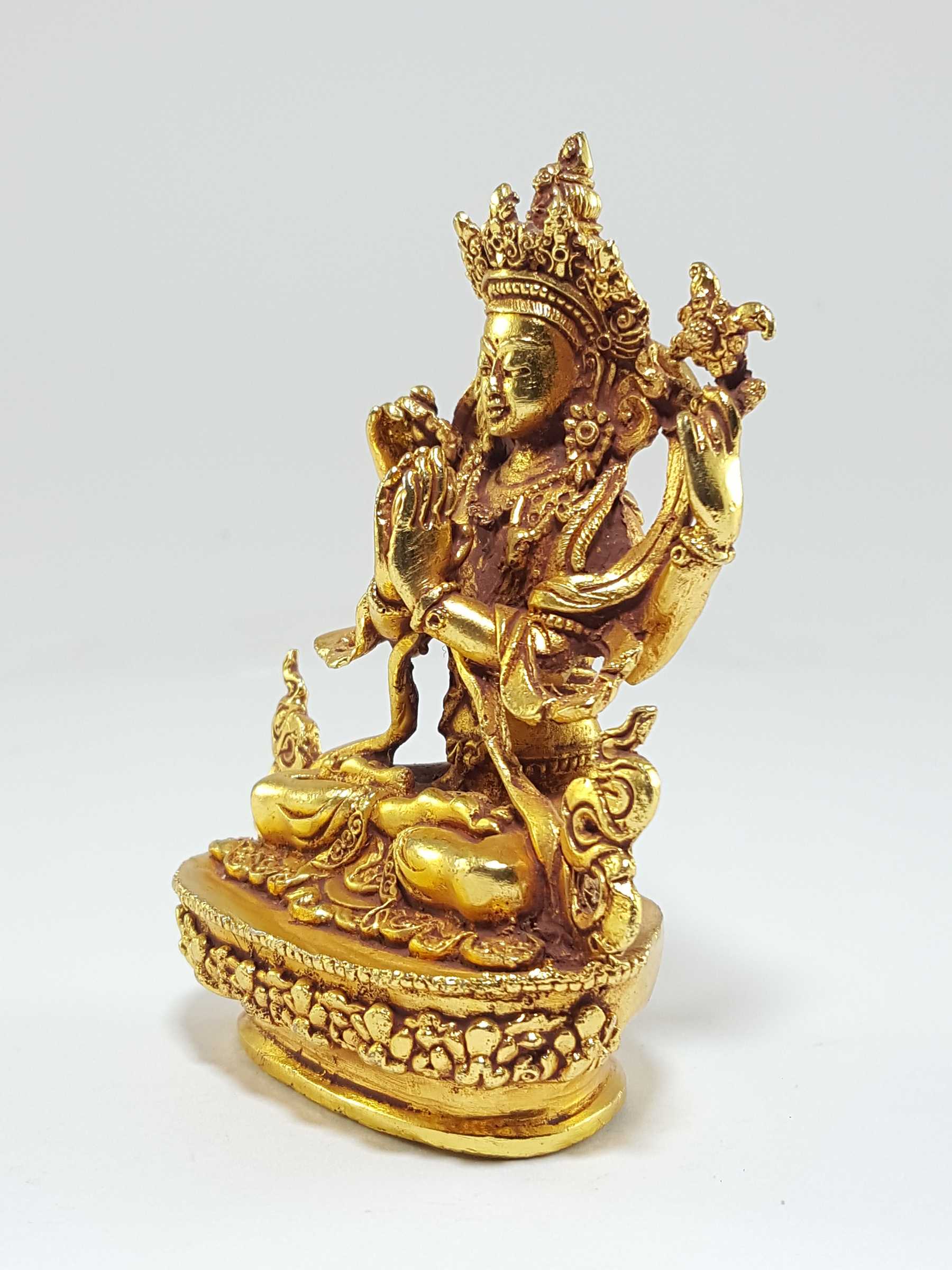 of Chenrezig
of Chenrezig  of Padmasambhava
of Padmasambhava  of Padmasambhava
of Padmasambhava 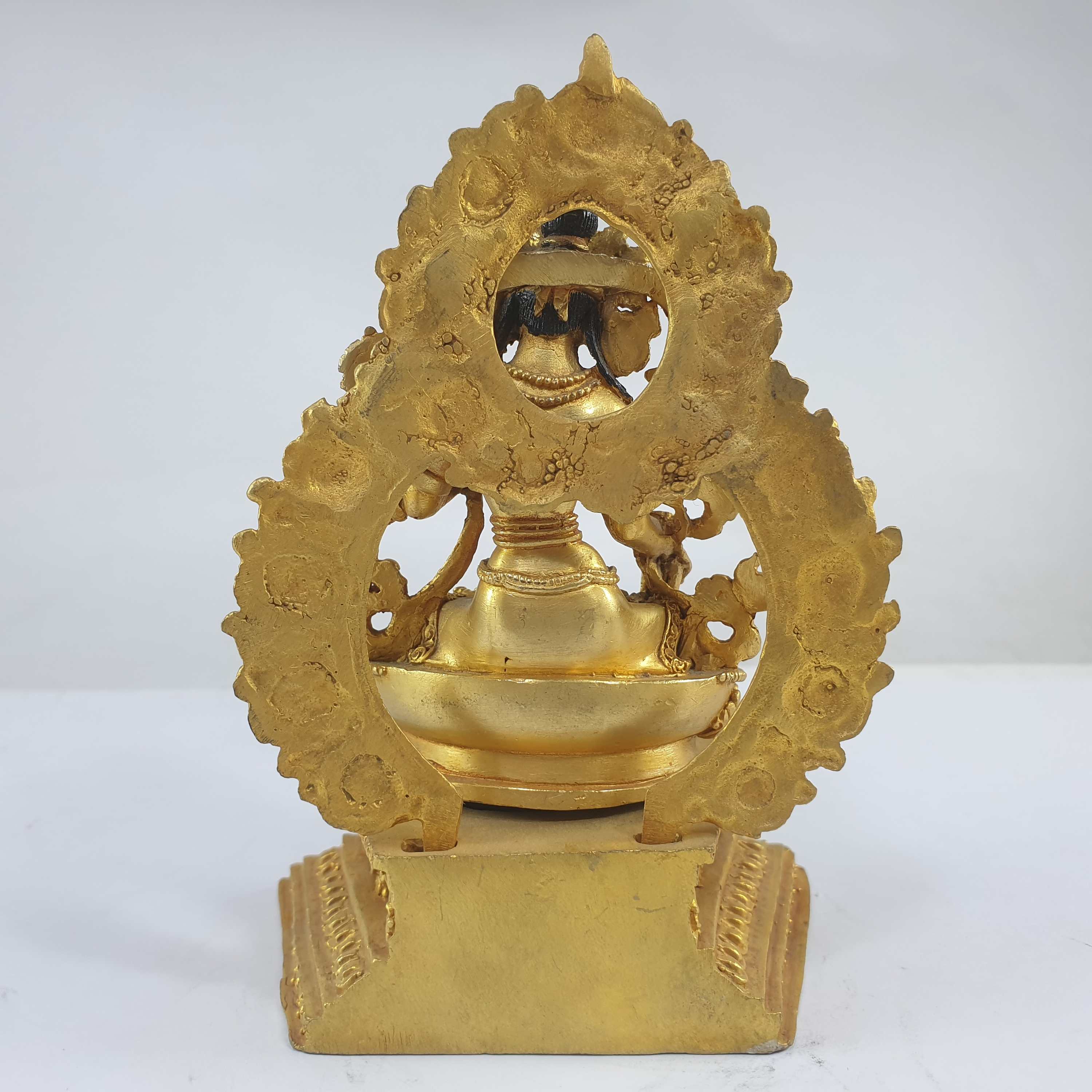 of White Tara On A Thrown
of White Tara On A Thrown 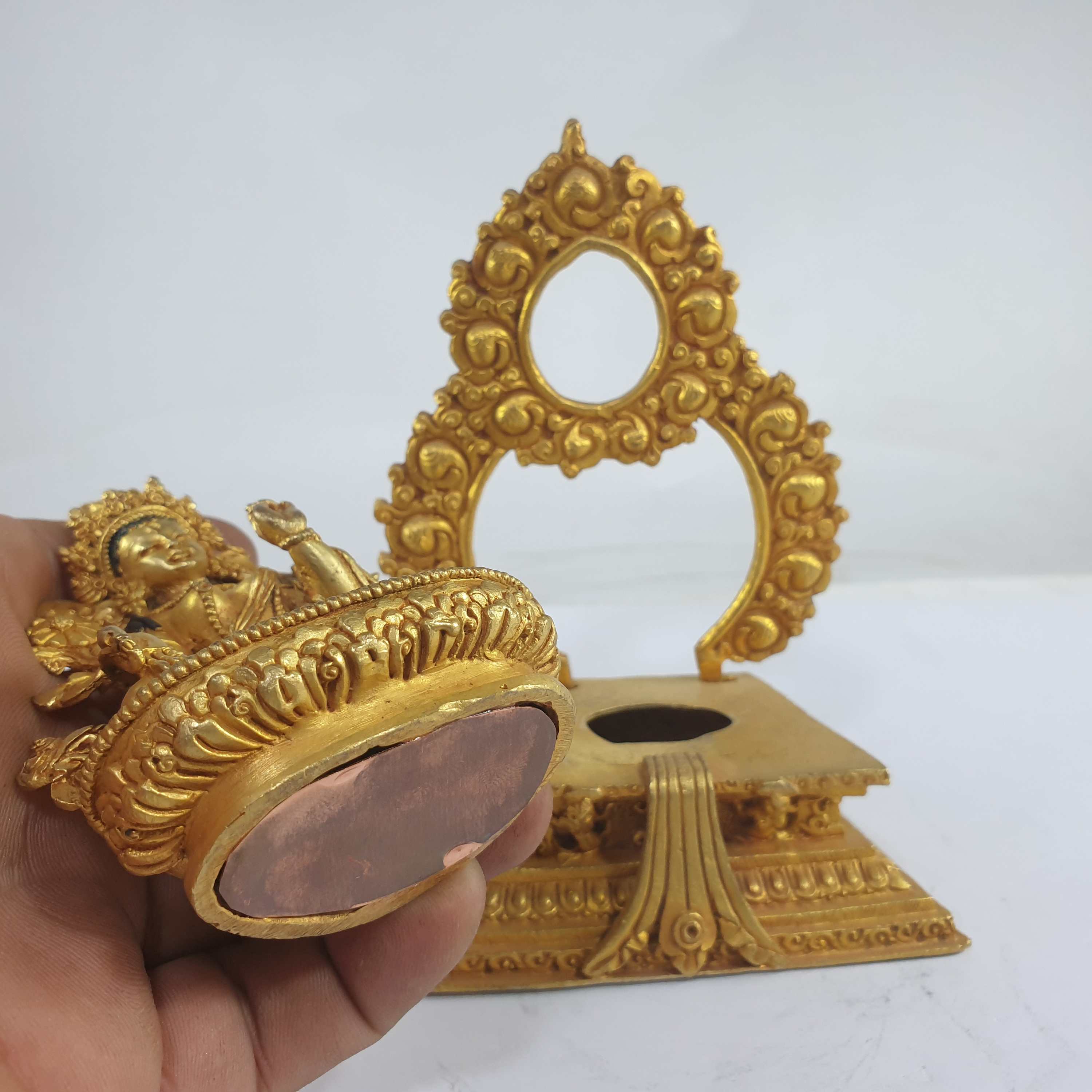 of White Tara On A Thrown
of White Tara On A Thrown 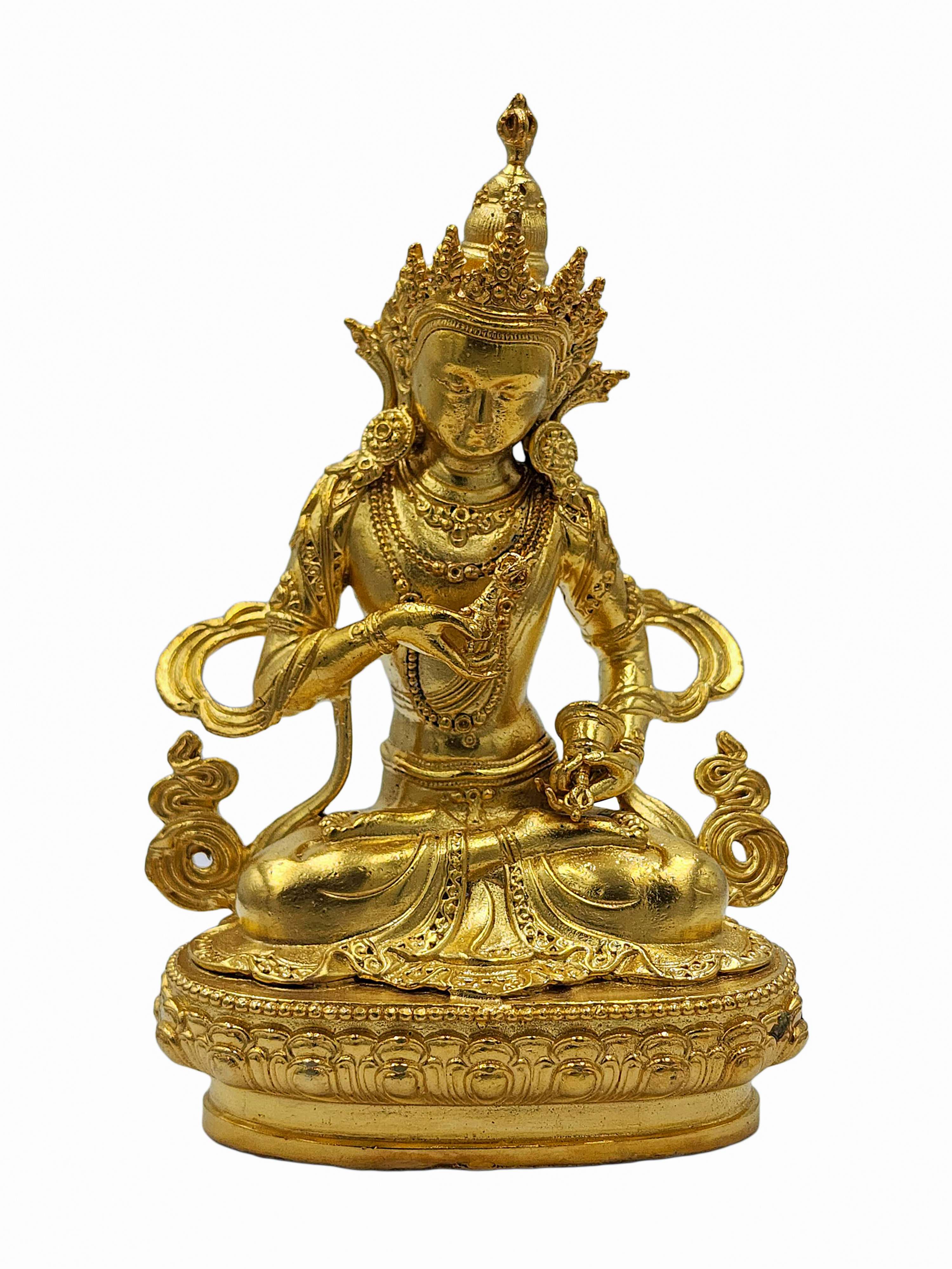 Full Gold Plated" title="Vajrasattva, Buddhist Miniature Statue,
Full Gold Plated" title="Vajrasattva, Buddhist Miniature Statue, 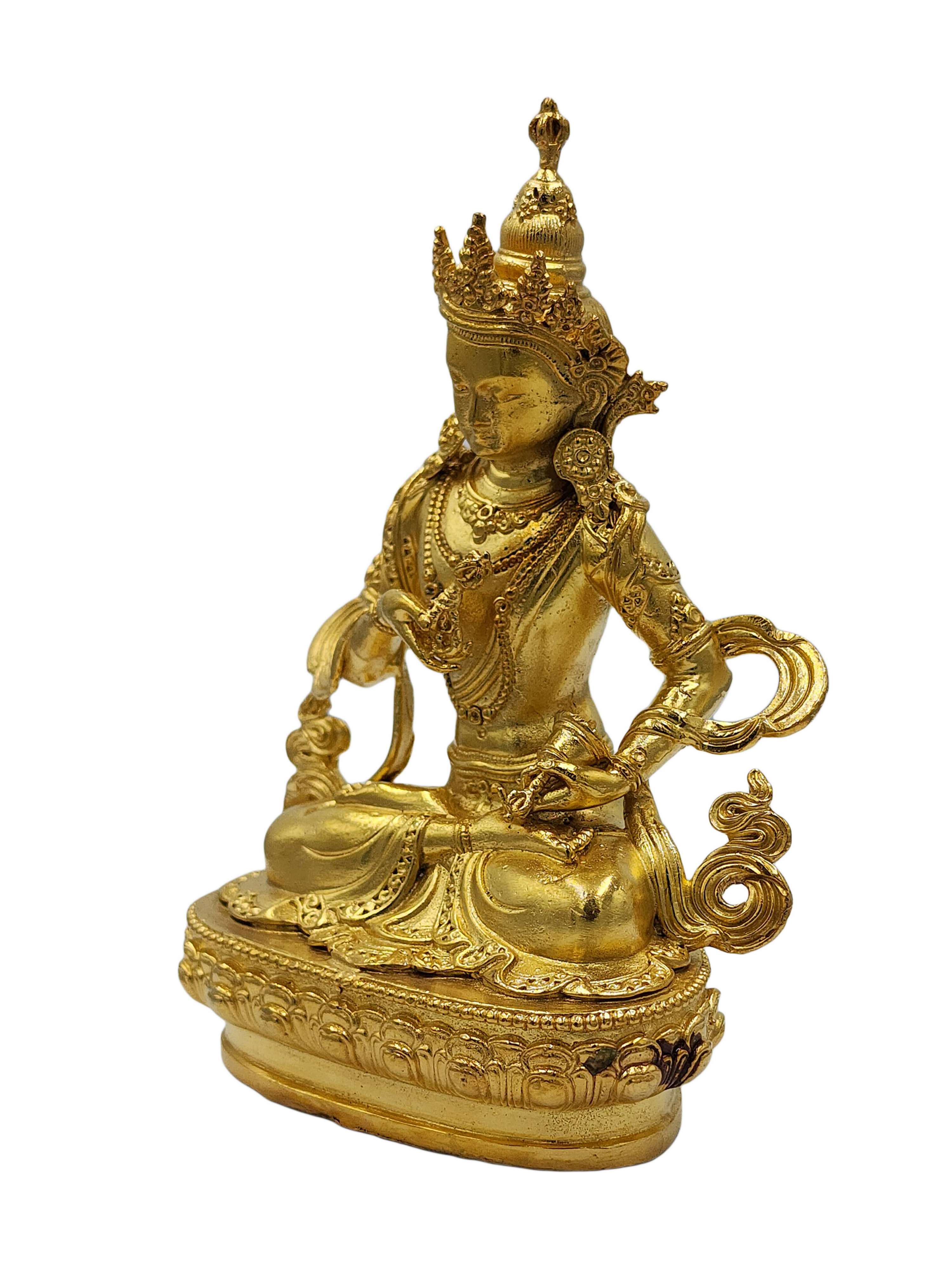 Full Gold Plated" title="Vajrasattva, Buddhist Miniature Statue,
Full Gold Plated" title="Vajrasattva, Buddhist Miniature Statue, 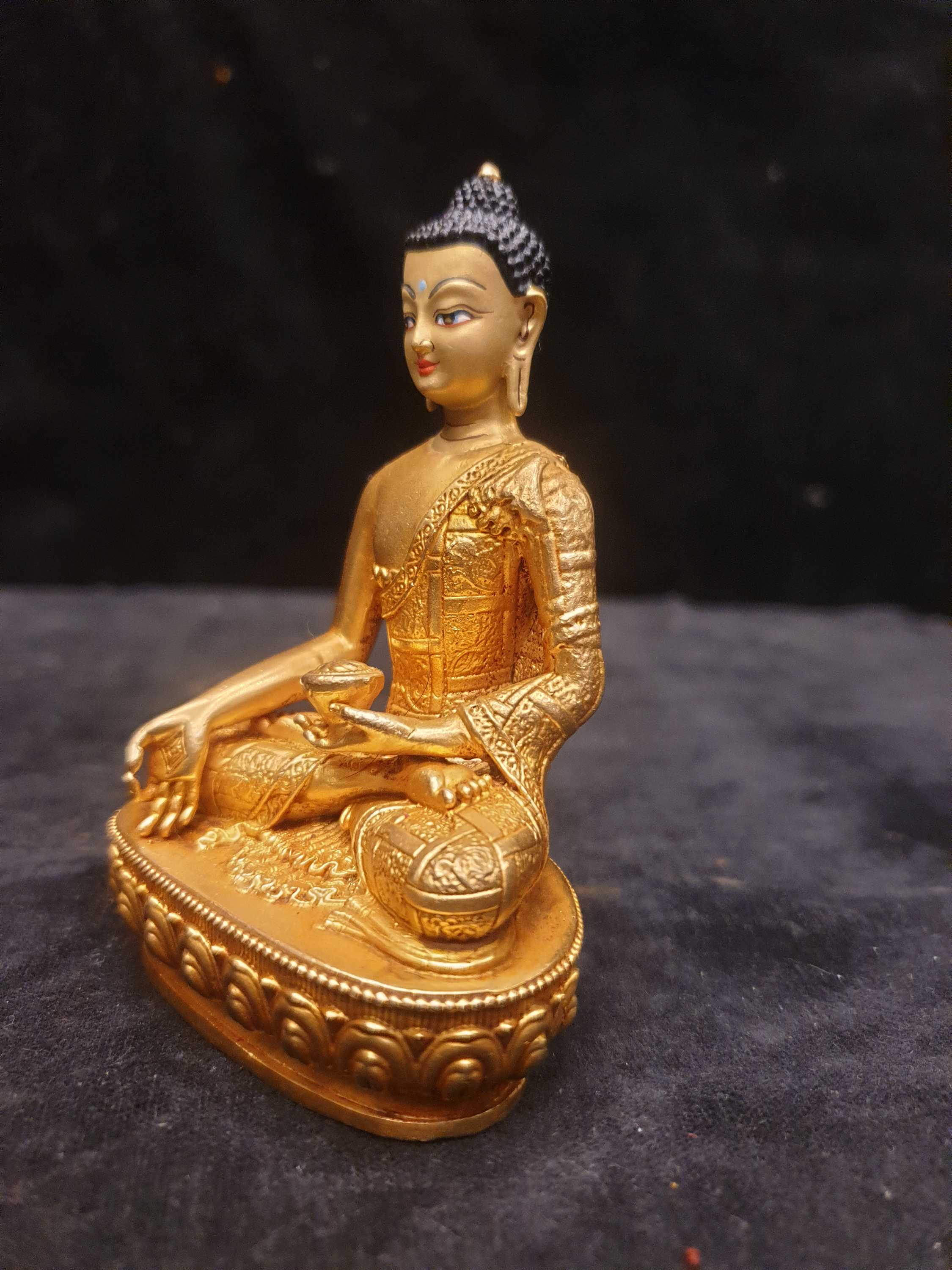 of Ratnasambhava Buddha,
of Ratnasambhava Buddha,  of Ratnasambhava Buddha,
of Ratnasambhava Buddha, 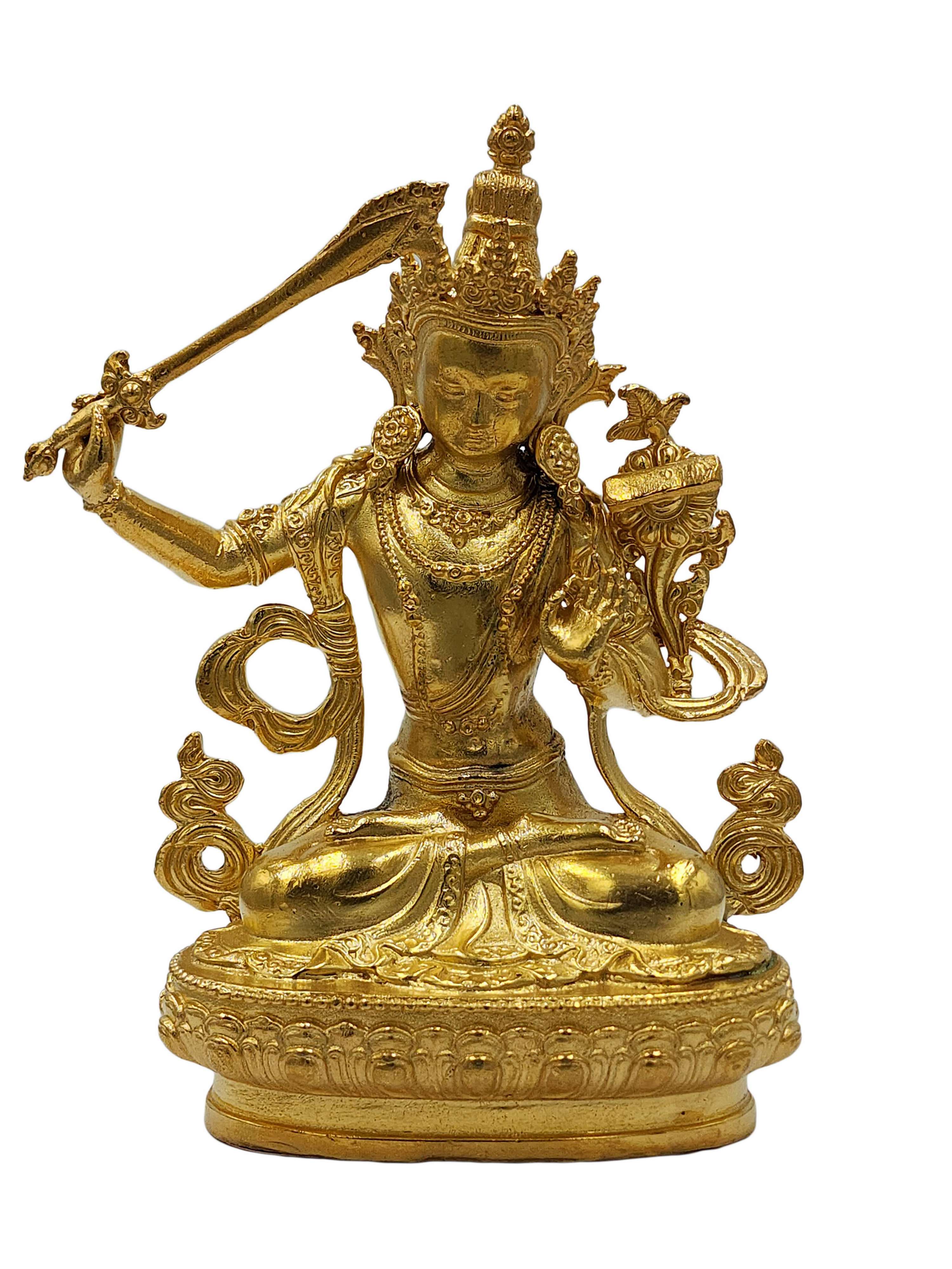 Full Gold Plated" title="Manjushree, Buddhist Miniature Statue,
Full Gold Plated" title="Manjushree, Buddhist Miniature Statue, 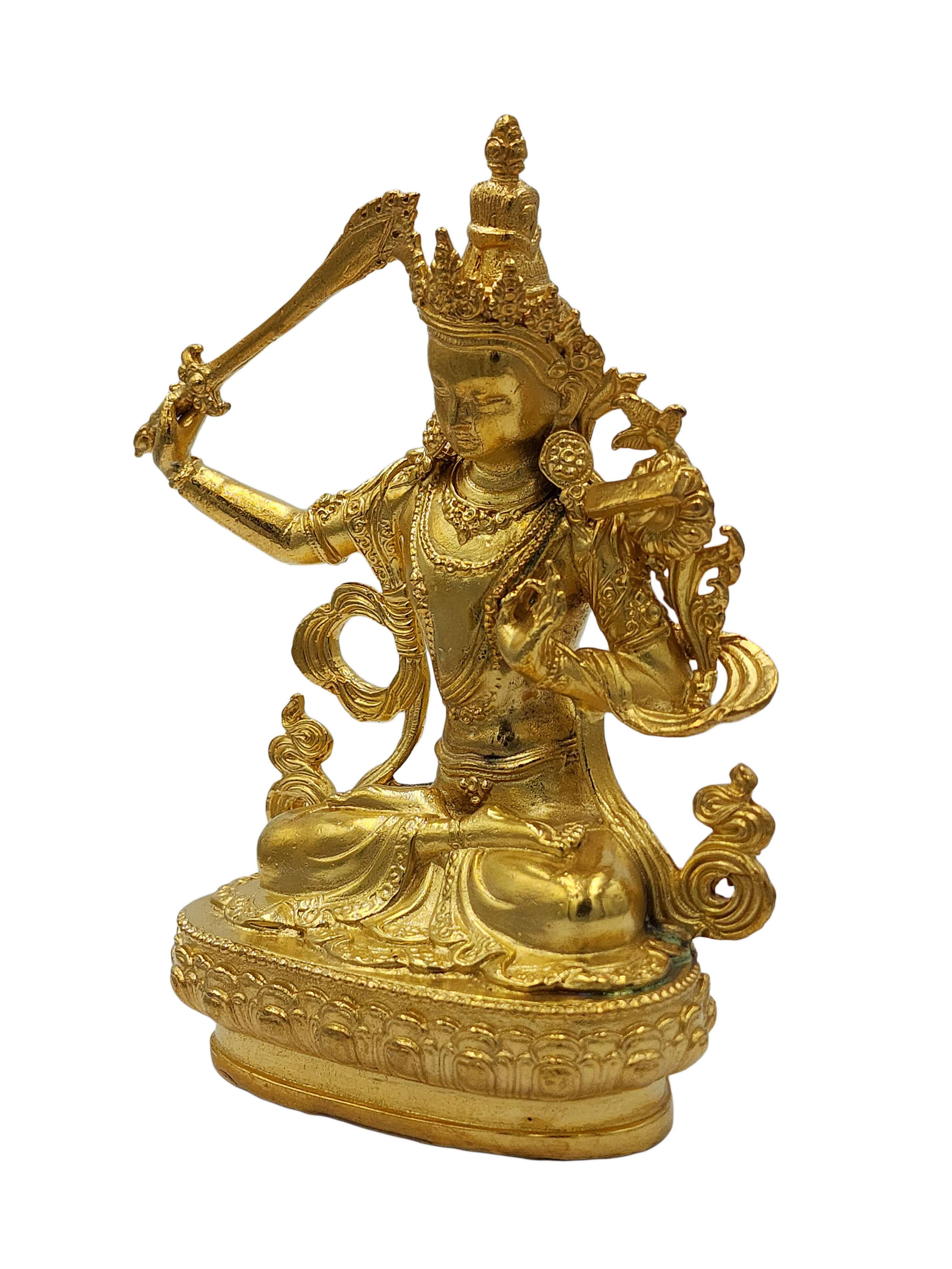 Full Gold Plated" title="Manjushree, Buddhist Miniature Statue,
Full Gold Plated" title="Manjushree, Buddhist Miniature Statue,  of Simhamukha Yogini, Senge Dongma,
of Simhamukha Yogini, Senge Dongma, 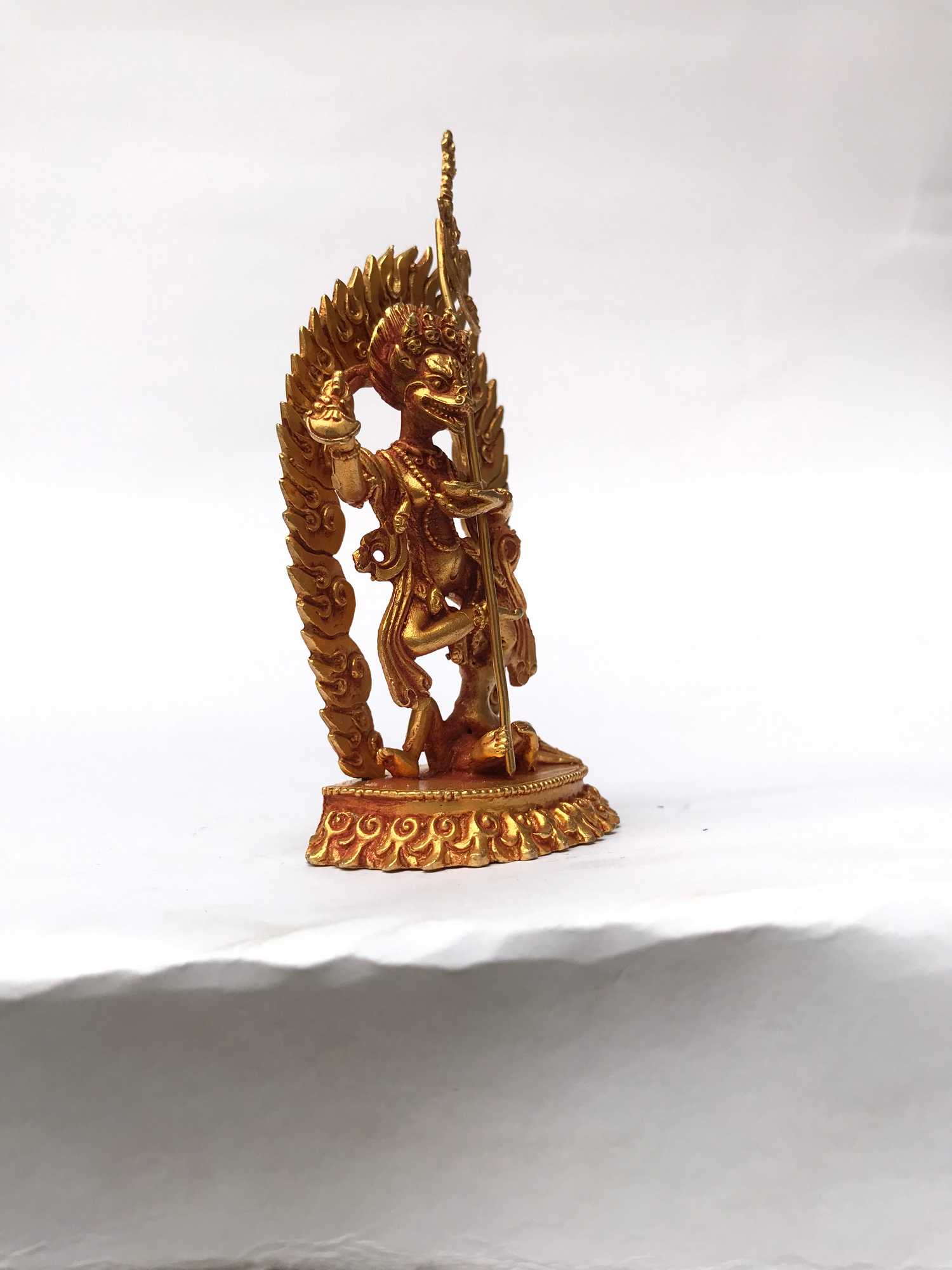 of Simhamukha Yogini, Senge Dongma,
of Simhamukha Yogini, Senge Dongma,  of Aparimita,
of Aparimita, 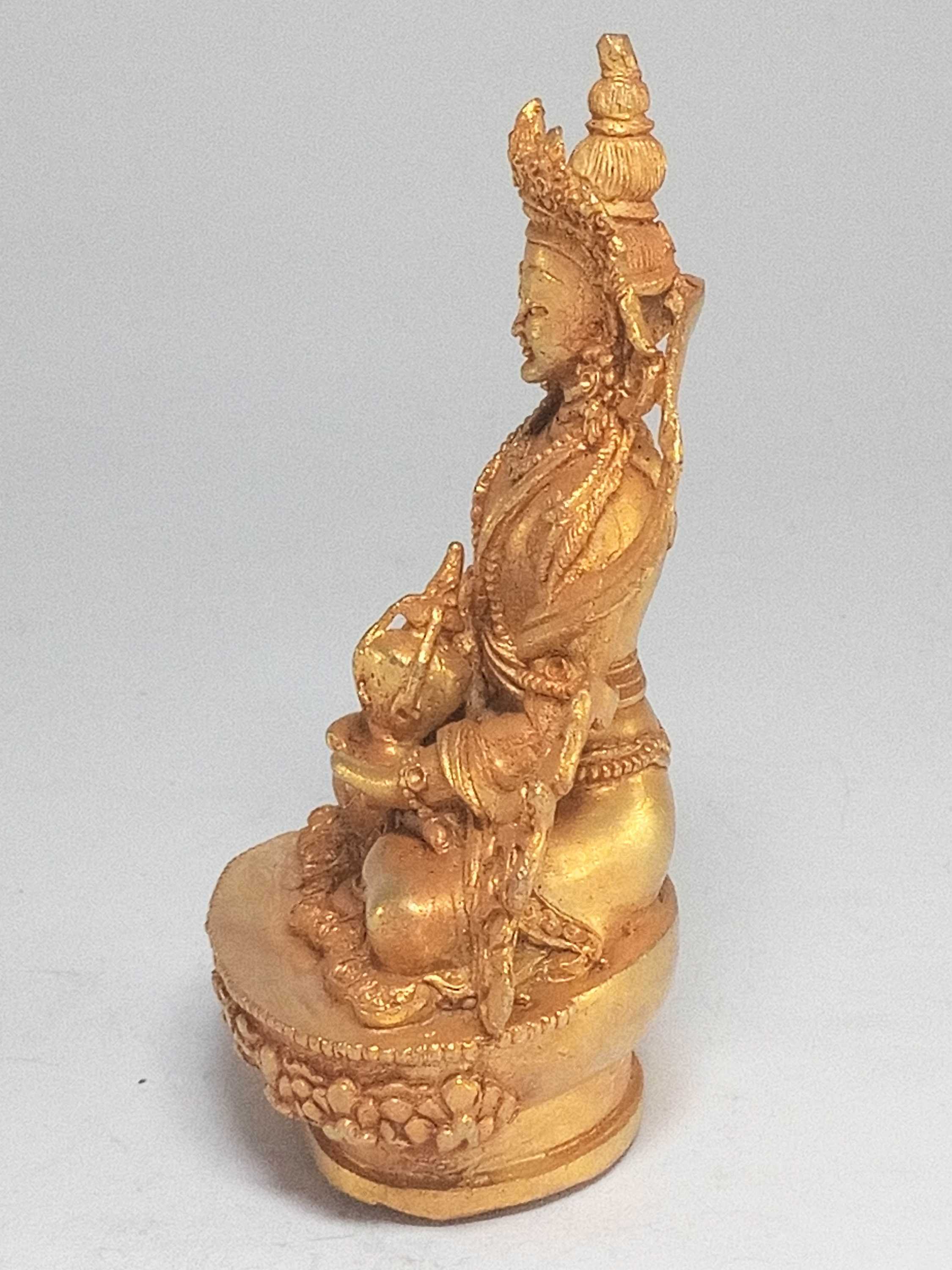 of Aparimita,
of Aparimita,